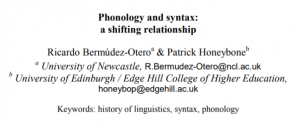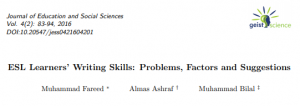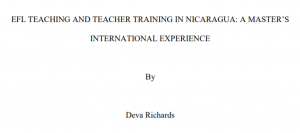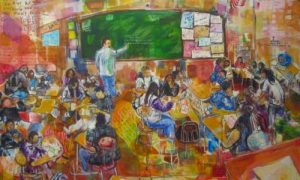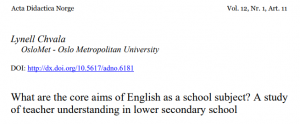PDF #184 – ESL Activities and Mini-Books for Every Classroom
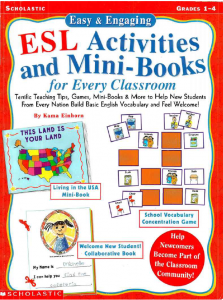
The number of children in our schools who are new to the US is growing. Estimates range from 2.5 million to 4.6 million children, representing more than 180 different language groups. They leave a variety of environments in their home countries and arrive with a whole set of culturally based values and expectations. Most of all, they are scared and anxious about surviving in a new school with a new language.
Supporting second-language learners in a class full of fluent English speakers can seem a dauting task. How will your new students follow the English-language lessons? How will you assess these students? Communicate with new families? Help the students fit into the group socially? And, most immediately, if you don’t share the students’ first language and they don’t speak any English, how will you communicate throughout the day?
This guide gives you quick and easy ways to provide your second language learners with a little shelter from the storm. Mini-books, games, and activities help students build a basic English vocabulary and manage their own language-learning experience. From the first day in the classroom, students will complete challenging yet achievable tasks that teach words they need to know immediately. Later on, they will memorize basic texts, such as “The Pledge of Allegiance”, that their English-speaking peers know by heart.
After reading “What Do the Names of British Houses Mean?” you can check important issues for ESL teachers on the section PDFs, and visit my YouTube channel.



